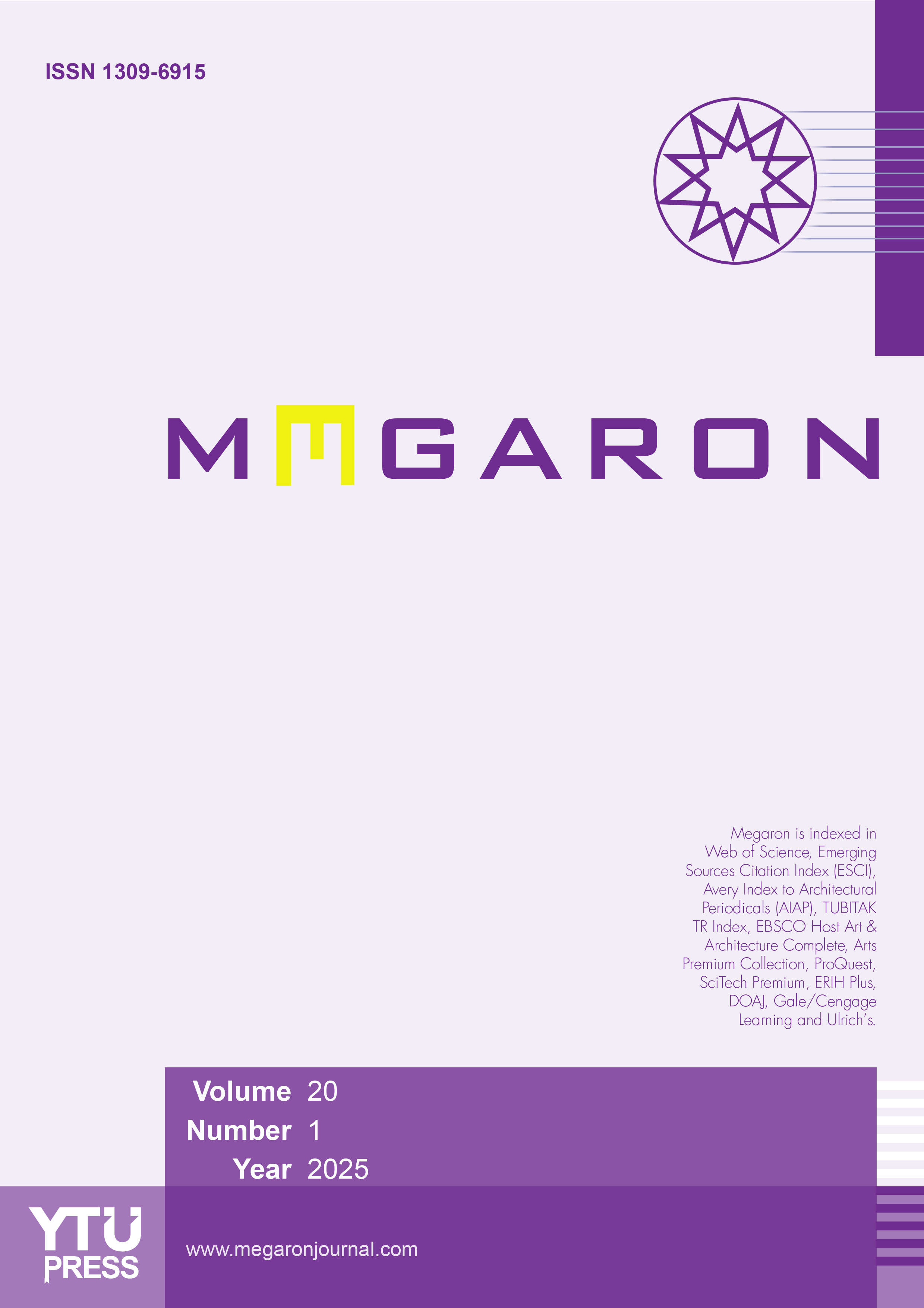Quick Search
Index and Coverage
Volume: 2 Issue: 1 - 2007
| ARTICLE | |
| 1. | Repercussions Of The Competitive-Participatory Discourses In Planning Practice. A Critical Approach Ayşe Nur Ökten, Betül Şengezer Pages 1 - 10 Planning discipline has been analyzing the space and the society to discover –or explain- its own raison d’être, since its early days after the Industrial Revolution, The critical approach to planning has been questioning the power relations underlying the planning process. The aim of this paper is to question why and how the discourses of competitive-participatory planning is converted into a legitimization tool of controversial planning practices, and to review some planning experiences in Turkey in this respect. |
| 2. | Integration And Disintegration In Istanbul Central Area: Thinking Over The Results Of The 15th Isocarp Young Planning Professionals Workshop Yiğit Evren Pages 11 - 21 The central area of Istanbul has been loosing a balance between its functions and population. Since the 1990s some of the central neighbourhoods have been witnessing a significant decrease in their residential population due to the ongoing transformation process from residential use to services. Some neighbourhoods, however, have been deteriorated and occupied by low income migrants. Yet some of those previously deteriorated areas have been revitalised by the new elite and become gentrified. Meanwhile, as the pace of globalisation increases, the pressure on the central area from developers who attempt to build iconic projects increases. From a planning perspective, this is a two fold “integration versus disintegration” problem. On the one hand, within the central area, planners face a challenge of reaching a balance of fragmented city since the central area of Istanbul has become a patchwork of various disintegrated functions. With respect to the relationship between the central area and the metropolis, on the other hand, most of those so-called iconic flagship projects are put on the agenda with no regard to the existing local plans and identities. Thus, such initiatives, threaten the image and the functioning of the city. This paper aims to discuss the results of the 15th ISoCaRP Young Planning Professionals Workshop, which was held in Istanbul in 2006 on the abovementioned topic. |
| 3. | GREAT MILITARY BUILDINGS AND THEIR BATTERIES DEFEND THE ÇANAKKALE STRAIT DURING 15th-18th CENTURIES İbrahim Başak Dağgülü Pages 22 - 43 The buildings which kept their exsistance throughout the centuries are generally the buildings with monumental qualites or the ones which kept their functionality through long periods of time.Inconsiderable advancement in the field of defending technologies between 15th and mid of 19th centuries let especially military buildings such as fortresses, blockhouses and batteries to sustain their existence with minor changes throughout that era. The building of the fortresses defending Dardanelles has been started in the 15th century when artillery started to took place in the battle fields as the main weapon. These fortresses kept Dardanelles impassable for nearly four hundred years, defending the Ottoman capital İstanbul against very serious threats. Although these buildings and the artillery contained by them were neglected in the periods of time passed with seldom or complete inexistance of treads; the artillery and the fortress buildings were reinforced and restored as much as possible in the times of crisis. The little progress of artillery techniques in the past centurıes is one of the most important reasons for the fortress buildings to sustain their originality until a very near past. However the remarkable advancement achieved in the field of artillery tecniques in the second half of the 19th century left the fortresses outdated and inoperative. These fortresses have been damaged both by the upgrading and reinforcement Works in those years and also by becoming the target of modern and strong weapons in the wars. This study aims to analyse and document by visualizing functional state of these buildings in the 17th century when they were most effective and completly original; benefiting the visual and writen historical documents. |
| 4. | Examination Of Changing Paradigms And Healing Hospital Concept In Healthcare Facilities With Regard To Architectural Design Aslı Sungur Ergenoğlu, Ayfer Aytuğ Pages 44 - 63 In the recent years, significant changes have started to occure in the healthcare sector. Developments in the area of healing hospital design and accreditation have been accelerating. In the paper, the probable reflections of the new paradigms, approaches and insights that effect hospital design have been examined. Furthermore, the effects of hospital buildings and environments on patient well-being are described. The properties that hospitals should have in order to become buildings that are used for everyday purposes and contribute to the healing process with their physical characteristics are put forward. In this context, the ‘healing hospital’ concept, not only contributing to healing process, but also armed with the ability to pull the society to itself in healthy times, user contribution in healing hospitals, the properties of patient-focused design and quality concept are examined. The criteria developed for hospital design have to include environmental standards and quality issues, together with the spatial standards and technical details. Hospital accreditation subject that has been gaining importance in the recent years will play a significant role in hospital quality in the future. The patient-focused design criteria should be included to the accreditation standarts immediately. Hospital buildings have to raise the life and care quality, offer solutions that will be able to affect the patient well-being directly and be trusted with its compatibility to the accreditation standarts with a patient-focused mind. |








